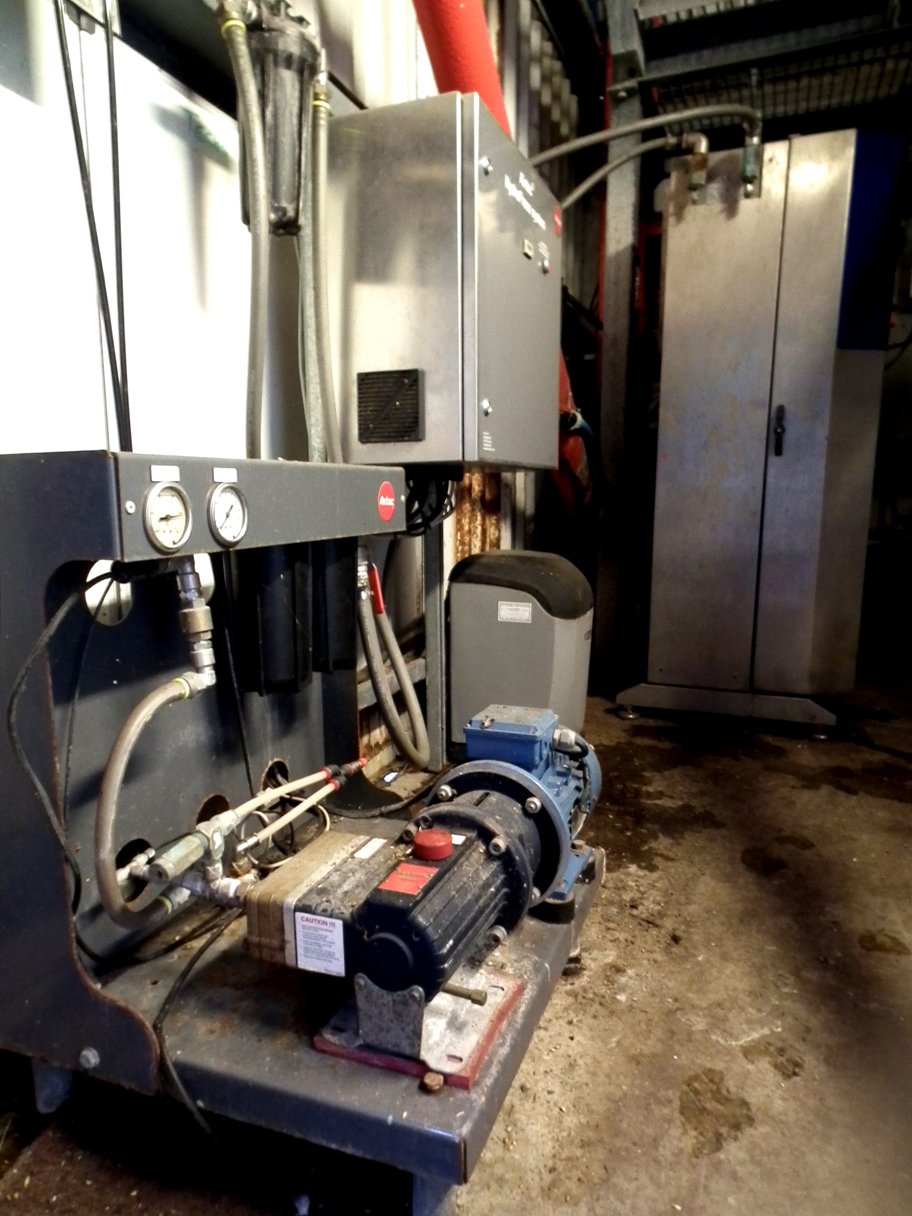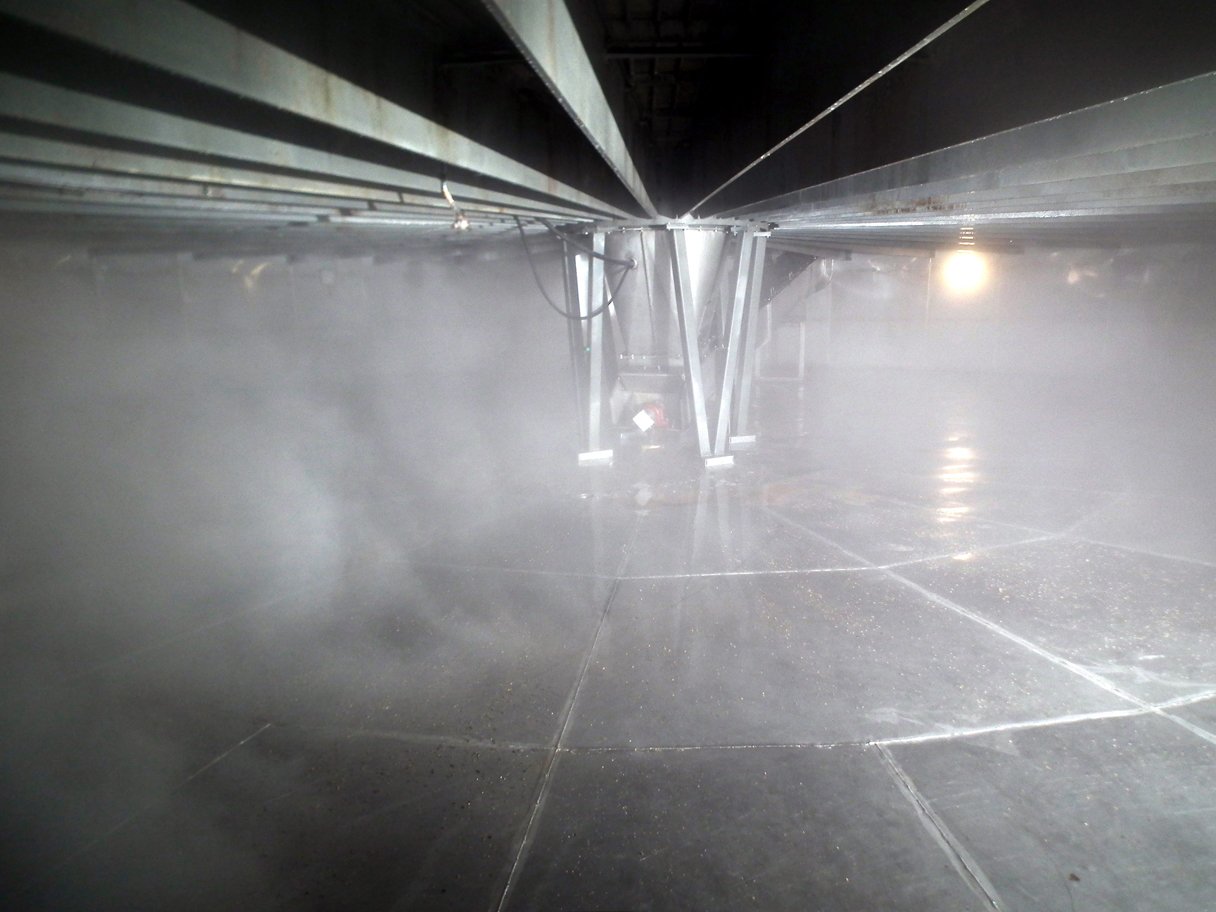Beware clean water!

Malt bed during germination
Clean water at ambient temperature is often regarded as easy to pump. However, many types of pump incorporate dynamic seals that rely on the pumped liquid for lubrication. Being a poor lubricant, water of any kind can pose early wear problems for a seal-reliant pump – especially one operating at relatively high pressure.
The issue may be resolved by fitting a different type of pump – as shown at a UK grain malting plant, where seal-less Wanner Hydra-Cell pumps replaced piston pumps on humidification systems.
Although the water they handle is clean, piston pumps fitted as original equipment on new water-saving humidification systems at the Witham, Essex, plant of Bairds Malt proved to be ‘high maintenance’ components. They needed very frequent oil changes, said maintenance manager Alan Francis, and seal wear was another definite limitation.
Bairds Malt is a long-established malting company with five plants in the UK, producing a wide range of high-quality malts for both brewing and distilling, home and abroad. Witham, the company’s second-largest establishment, concentrates mainly on brewery malts.
The humidification pump serving a germination vessel does an important job in the malting process. At the Witham plant, where each pump serves two vessels, it delivers a fine spray mist to the underside of the circular grain bed, controlling moisture content in a deep mass of up to 215 tonnes of grain over a 4-day germination period. Meanwhile the product is turned and kept loose by a slowly revolving blade (1 rev/12 hours).
The pump is in action throughout this process, maintaining system pressure at 70 bar for fine spray atomisation. Flow rate, up to 10 l/min, is variable by VFD motor speed controller to satisfy system demand. This depends on how many spray nozzles are in use. The nozzles are mounted in a chamber below the bed in each germination vessel (60 nozzles for each vessel, arranged in banks of 40 and 20, giving 3 levels of humidification to suit conditions). Flow to the nozzle banks is switched on or off selectively by solenoid valves in the pressure line.
Production is arranged to allow best use of plant capacity, said Alan Francis, which means that the humidification pump is working virtually 24/7 for months on end. In case of any problem, the company has an ultimate back-up in the low-pressure pumping system used before the high-pressure system was installed. Though that is less efficient for humidification and wasteful with water.
“It’s important that our high-pressure pump is performing as it should and is not taken out of service at inconvenient times. Piston ring seal wear lowers performance and before long needs attention on the workshop bench. The pump we have replaced had its seals changed three times, and each time the new set wore sooner.
“We put in the Hydra-Cell G03 to replace the piston pump in November 2009, mainly because the Hydra-Cell does not use seals – while being at least equal to the piston pump in flow and pressure capability. From the date it was installed the G03 has worked round the clock, recording more than 19,000 hours (up to February 2012). No problems have emerged, no parts replaced. The oil in the drive end has been changed once.”

Humidification system with Hydra-Cell G03 pump

Humidification sprays

Underbed misting
Model: G-03
Flow: up to 10 l/min (2.6 GPM)
Pressure: 70 bar (1015 psi)

Careers
Request a technical support meeting online
CALL +44 (0) 1252 816847